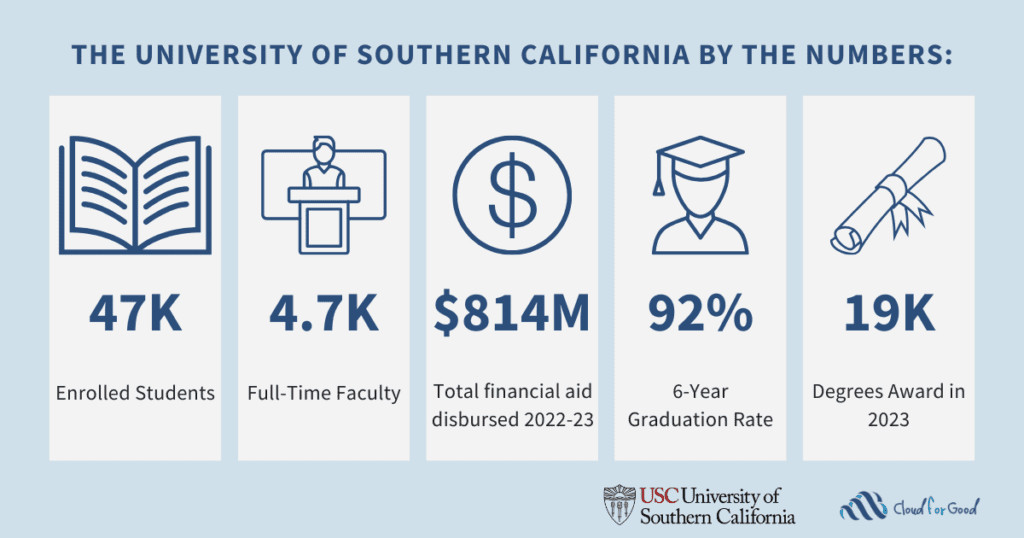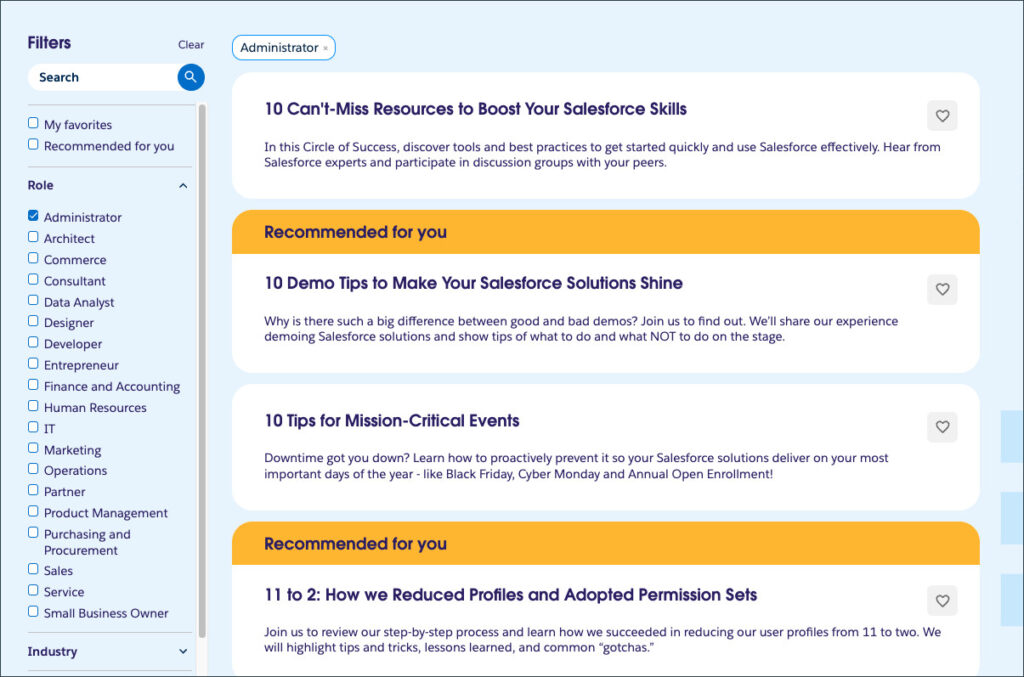Earlier this year, while shopping for fishing equipment for my annual trout fishing excursion, I was struck by an egregiously missed marketing opportunity from my favorite brand of fishing gear. There was no “Welcome back, Dustin.” No incentive to pick up that new reel. No personal acknowledgement.
While I don’t want organizations to know everything about me, I have chosen to share certain information with my favorite brands to enhance my experience. There’s a sense of established trust there. But if they’re not using my data to improve my experience, what are they using it for?
As the CTO of Revely, I know the struggle many marketing teams face. Whether it’s bad or fragmented data, data silos, too many marketing tools, budget restrictions, or resource constraints, it’s a similar story across most of the teams I’ve met in my career.
I know first-hand that in order to give me the feeling of familiarity I wanted, the marketing group in my favorite fishing gear brand not only needs my data; they need it to be clean, organized, unified, and segmented properly in a customer data platform (CDP) rather than scattered among systems. And I’m not talking about the simple segmentation techniques of the past. I’m talking about segmentation that creates highly specific groups (one could even say individual profiles) so that the brand can deliver the messages and experiences that are personal and relevant to me.
But first, let’s clarify the terms segmentation and advanced segmentation.
Segmentation vs advanced segmentation
The old way of audience segmentation is based on general demographics. Let’s say you are a marketer for a company that defines their target audience as men in their 30s who live in a certain city. You then predict that this audience will want a new appliance or the jersey of the home town All Star. This type of segmentation is a good start, but it’s still pretty broad. As a marketer, you’re sending similar messages to a large group of people with some shared basic traits. It’s efficient for mass communication, but it may not hit the mark when it comes to building that layer of trust and brand commitment.
Advanced segmentation, on the other hand, is based on truly knowing your target audience and listening to what they have to say. You know they’re a man in their 30s in that city, but you also know they love hiking, are passionate about sustainable living, recently looked at new camping gear online, and prefer to buy from ethical brands. With this deeper understanding, you can recommend the exact, specialized, eco-friendly hiking boots they’ve been eyeing, or a unique wilderness experience.
Advanced segmentation moves beyond just who someone is (demographics and basic firmographics) to what they do, what they care about, and how they like to engage—even what they’re likely to do next. This involves pulling in data from all sorts of sources—website interactions, past purchases, email opens, app usage, customer service interactions, and external data about their interests and intent.

The strategic advantage of advanced segmentation
With 12 years of professional services experience leading technical solution teams, I have learned that advanced segmentation can give a company a clear strategic advantage. Here’s why:
- Your marketing evolves from scattershot to sniper. Hyper-segmentation allows you to identify incredibly specific customer groups based on deep behavior and intent. This precision means every marketing dollar has a better chance of hitting its mark, dramatically increasing conversion rates and cutting wasted ad spend. The strategic advantages are maximum efficiency and significantly higher returns on all our outreach efforts by targeting intent, not just broad demographics.
- You can unlock hidden value and halt customer churn. By combining granular behavioral data and predictive analytics, you can identify micro-segments at risk of churning or those ripe for new opportunities. This enables proactive, tailored interventions – whether it’s specific support, relevant upsells, or targeted re-engagement – before a problem arises. You are gaining a strategic advantage by boosting customer retention and uncovering new revenue streams within your existing base by anticipating needs.
- You can deliver superior customer experience. In a world demanding hyper-personalized interactions, hyper-segmentation allows your marketing to respond dynamically to every customer touchpoint, from website content to app notifications, based on real-time individual customer behavior. You can realize the prized strategic advantage of superior customer experience through unparalleled customer understanding and responsiveness.
To realize these benefits, start with a close examination of your data. It will be very difficult, if not impossible, to get precise customer segments or any strategic advantage without good data.
Advanced segmentation begins with clean, unified data
When trying to create segments with precision, the issues of data volume and data residence often creep up. In a recent project for a client, my team and I were called in initially to activate and re-engage dormant leads. The client had significant historical data on leads that never converted. We wanted to identify and speak to these individuals in a way that let them know the company remembers them from the first engagement and to provide additional information that would encourage them to take another look.
The client’s data wasn’t in a terrible state, but it was disparate, disconnected, duplicative, and had gaps. It could take a marketer six steps to find data that would be otherwise easily available in a connected CDP.
We started by assessing the state of the client’s data and defining the marketing goals, which directly shaped our segmentation efforts later on. With a data strategy on hand as a blueprint for how we would collect, store, and integrate data, we began a CDP implementation. The central platform, Salesforce Data Cloud, gave the client the long-awaited 360-degree customer view.
With Data Cloud in place, we were able to accomplish two big goals:
- Segment creation: We developed incredibly precise customer groups based on historical data around unique behaviors, specific requirements, and customer-provided zero party data points. This enabled us to move far beyond traditional demographic segments.
- Segment activation: Once our segments were ready, activating them meant we could instantly push personalized messages to various marketing channels, ensuring the right offer or knowledge article reached the right person at the perfect moment.
The project took four months, in a tight collaboration with the client’s Marketing, Sales, and Data teams. Our biggest challenge, which also led to significant learning, was managing the sheer volume of historical, disparate data and getting it into a clean, unified state for the CDP.
While we knew data cleaning was crucial, we initially underestimated the volume and complexity of the manual effort involved. The challenge wasn’t running scripts; the challenges involved understanding the nuances of inconsistent entries, knowing which systems were the “source of truth” for certain data points, and the inevitable back-and-forth with various teams to confirm discrepancies. We wish we’d allocated even more time and dedicated human resources to this initial phase.
10 things I learned about segmentation that you can start doing
This was one of many segmentation projects I have done over the years. Here’s my advice to marketers who want to create a solid data foundation and realize the benefits of hyper-targeted audience segments.
- It’s not just about the amount of data you have but how it fits together to paint a picture. Holding on to a lot of useless customer information doesn’t always provide value and can be a security risk.
- Think data strategy first, technology second.
- Before even looking at CDP vendors, spend time on your data strategy. What data do you have? What data do you need? How will it flow?
- Invest in a robust data architecture plan. Understand how the CDP will integrate with your existing tech stack (CRMs, marketing automation platforms, advertising platforms).
- Don’t underestimate the importance of documentation, especially around data definitions and integration points.
- Don’t underestimate the human element of data cleaning. Even if you understand the importance of data cleaning, be careful not to underestimate the amount of human hours that goes into finding the right data and preparing it.
- Do a deep dive into legacy data integration on the outset. We understood the need for a CDP to unify data in the project I described above, but a more granular understanding of every system’s integration capabilities and limitations before CDP implementation would have saved some headaches. For example, knowing exactly how specific legacy systems handled data exports or API calls, and where their “quirks” lied, could have streamlined the data ingestion process significantly.
- Security and scalability are key from the outset.
- Focus on data security and compliance from the very beginning. A CDP centralizes sensitive customer information, making robust security protocols non-negotiable.
- Consider scalability. How will the CDP handle growth in data volume and user demand? Choose a platform that can grow with your business
- Beware of data overload. In the early stages, start with the plan and execute on the data. As your familiarity with your data set matures you’ll feel more comfortable sifting through data.
- Get small wins under your belt. While thinking about the long goal, begin by executing your advanced strategy one step at a time.
- Iterate, test; iterate, test; and do it again. With a CDP, you’ll be able to turn around campaign segments and strategies much quicker than without one. Plus, with hyper-focused targets you should be able to judge results quicker and adjust if a direction isn’t working.
- Think big, start small, iterate.
- Don’t be afraid to envision highly personalized and complex campaigns. The CDP makes them possible.
- However, begin with a manageable set of segments and use cases. Get a few wins under your belt, understand the platform’s capabilities, and then expand.
- Collaborate closely with Sales and IT to understand their needs and requirements. IT isn’t just enabling technology; they’re enabling business outcomes.
- It’s never fun when you conceptually come up with a great idea for a segment, only to find out you haven’t been collecting a key data point all along. It happens. Make the adjustment and move forward.
The CDP’s key role in advanced segmentation
The obvious benefit of a CDP is that by connecting all the relevant data into a single platform, you can leverage customer data from different sources and use it to define your segments, and test your messages on different audiences.
Seeing first-hand how quickly we could iterate on segments and campaigns with the CDP in the project above was a breakthrough. What used to take days or even weeks of manual data pulling and list building could now be done in hours. This speed meant we could test, learn, and optimize campaigns much faster, leading to quicker insights into what resonated with prospects and leads.
As importantly, the advanced segments we created were reusable across different platforms, including email, SMS and digital ad platforms, freeing us from having to re-create segments from scratch.
Advanced segmentation is more in the data prep than the segmentation itself. Start with a good assessment of your data, create a solid data strategy, select a CDP carefully, and don’t be afraid to dream big and experiment.
Dig deeper into audience segmentation with Data Cloud here.



